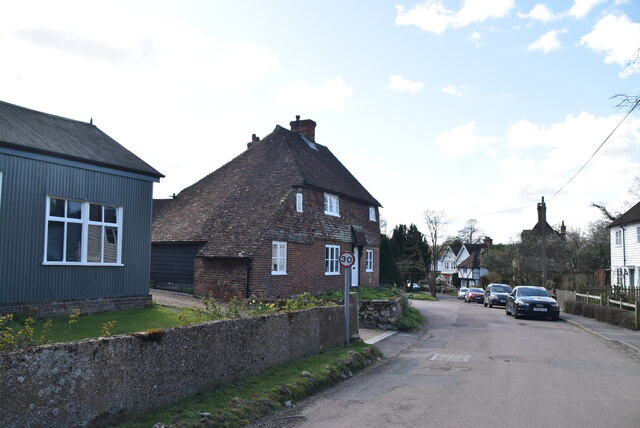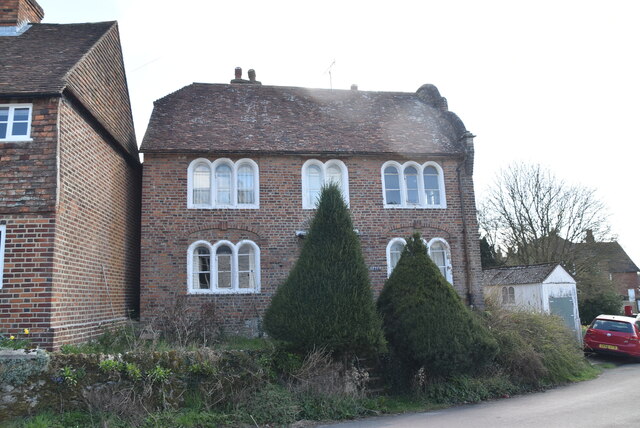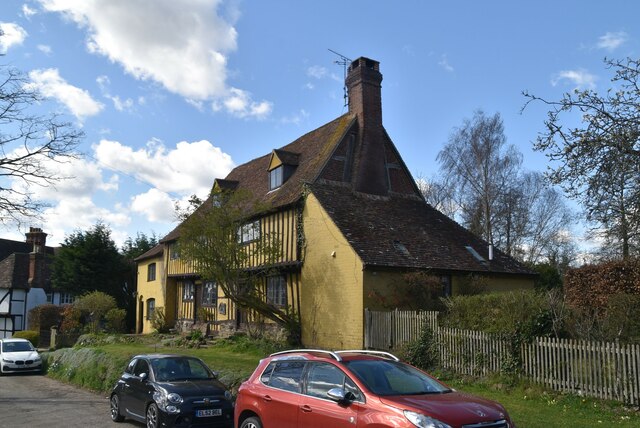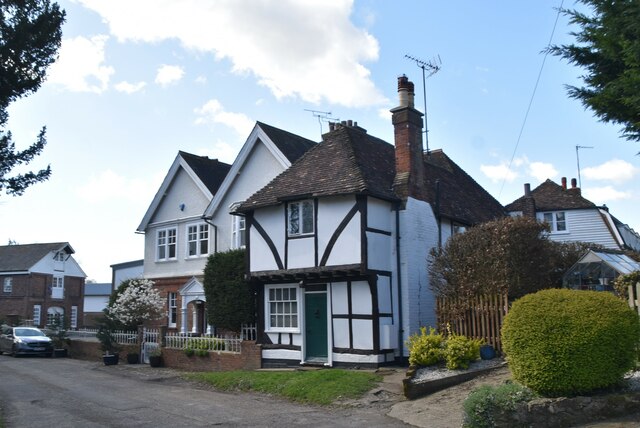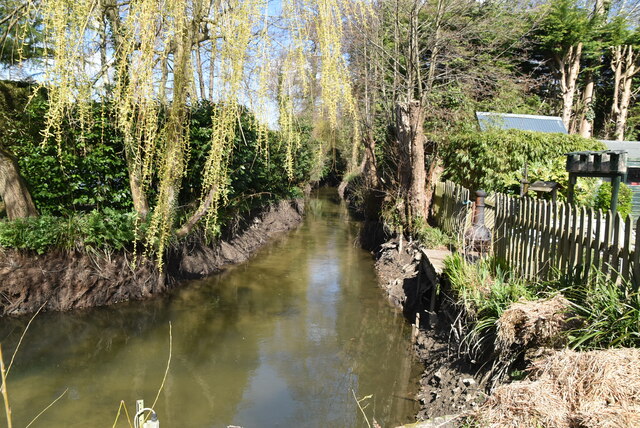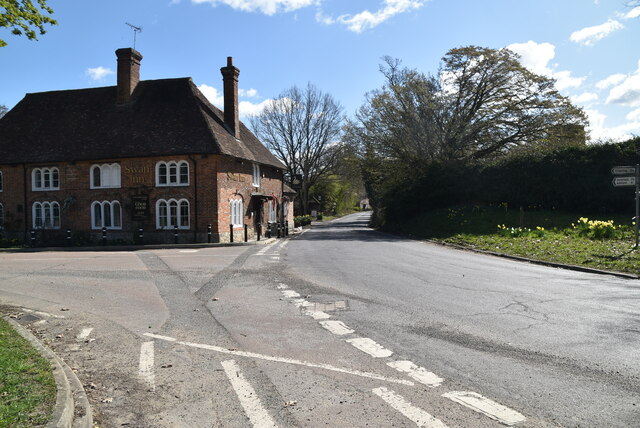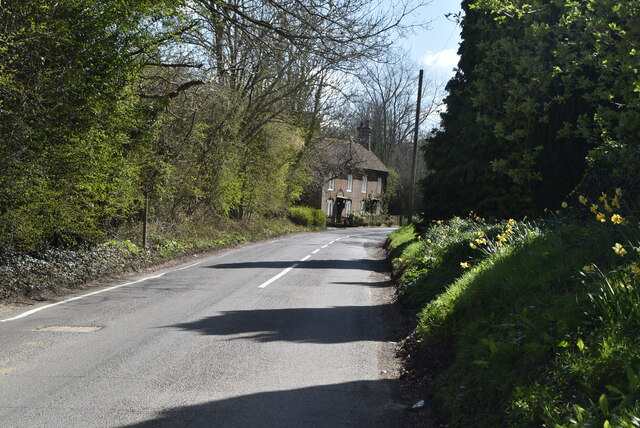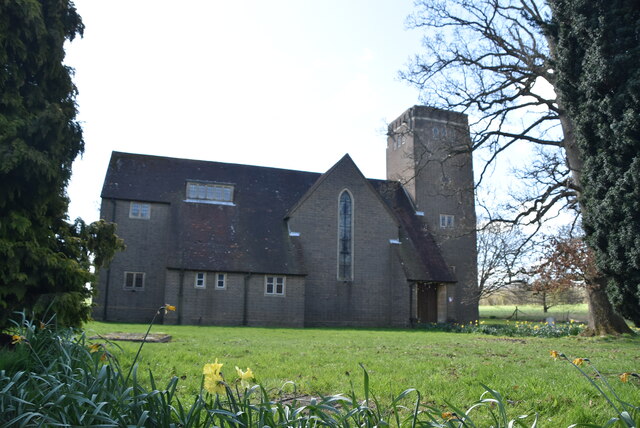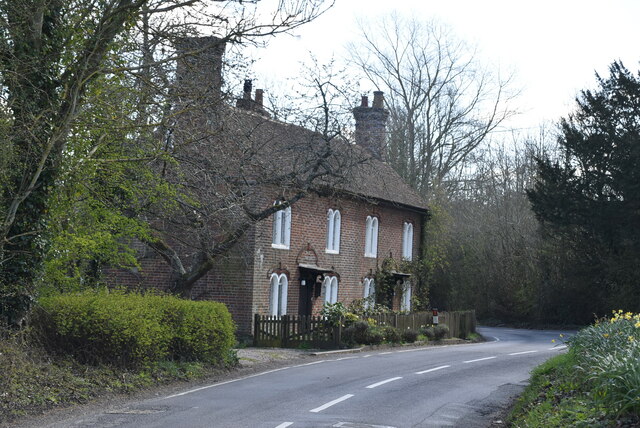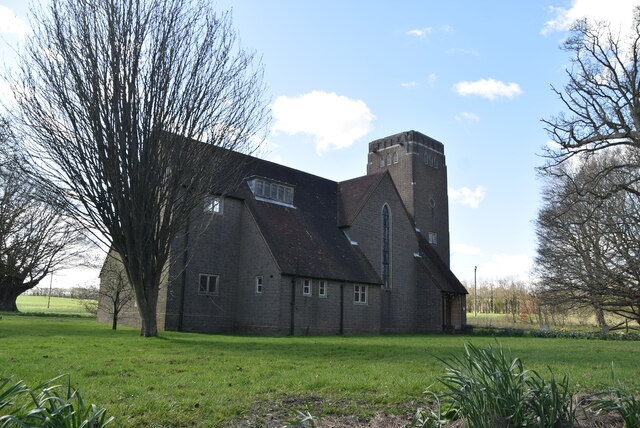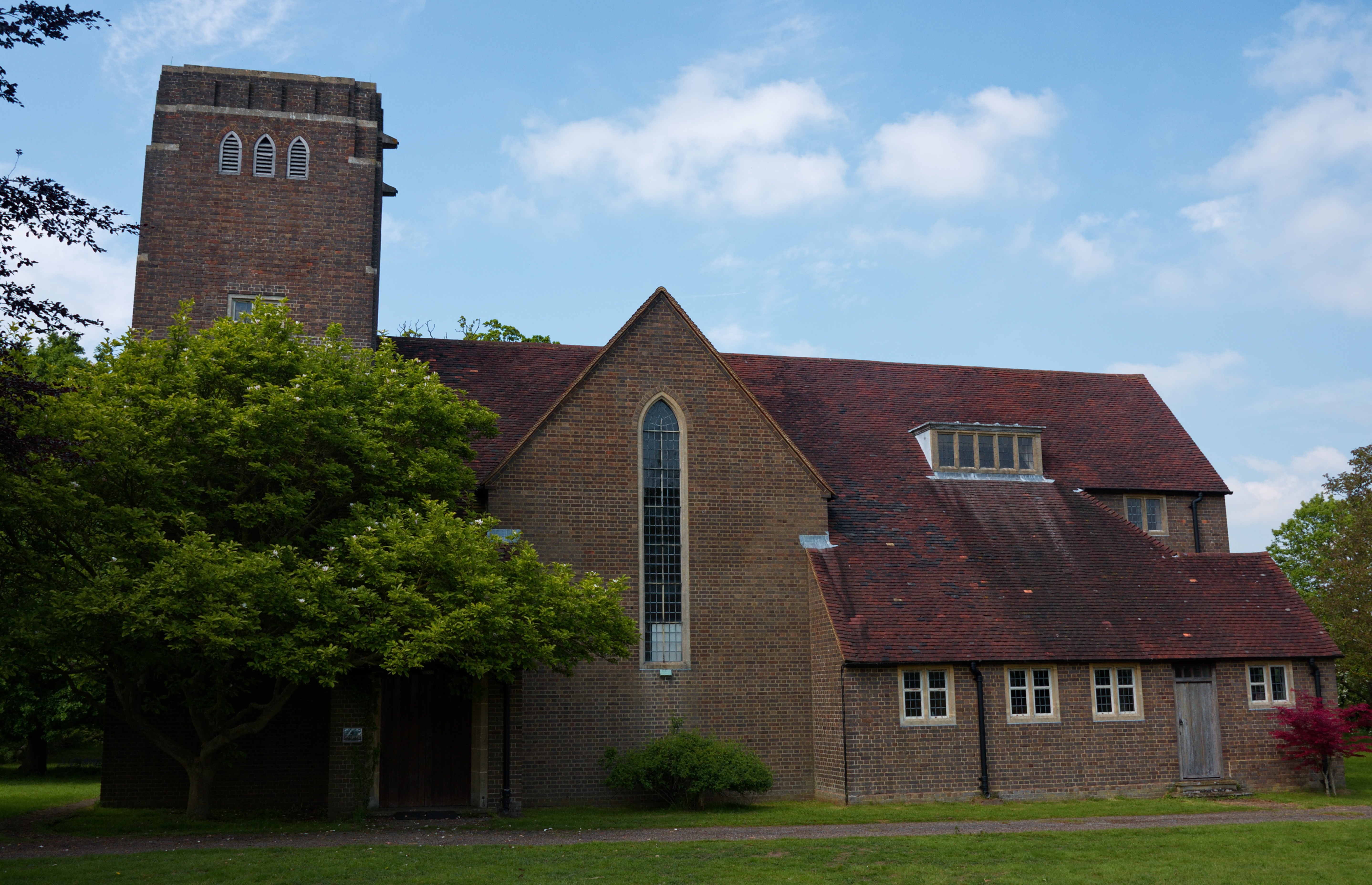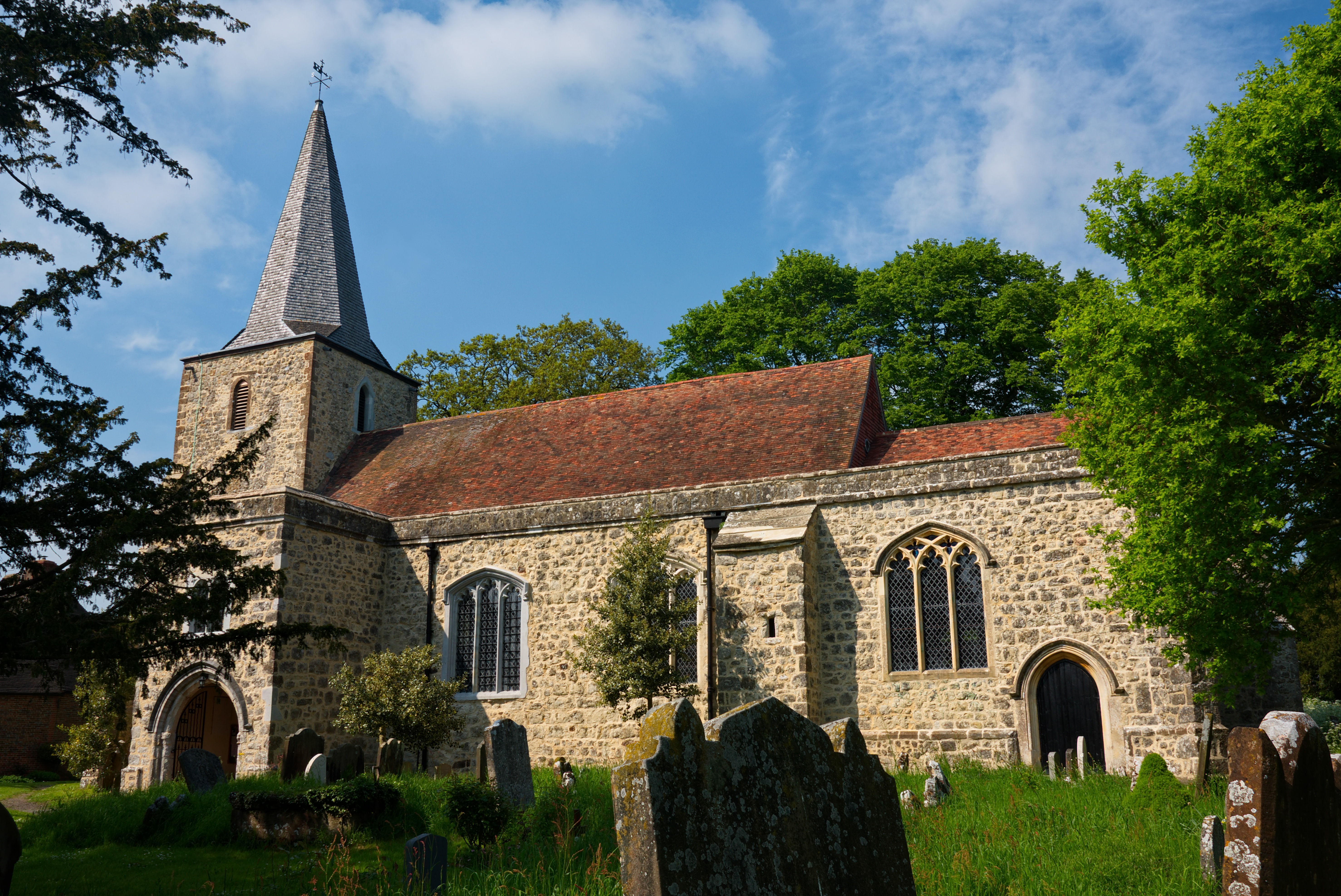Conyer Wood
Wood, Forest in Kent Ashford
England
Conyer Wood
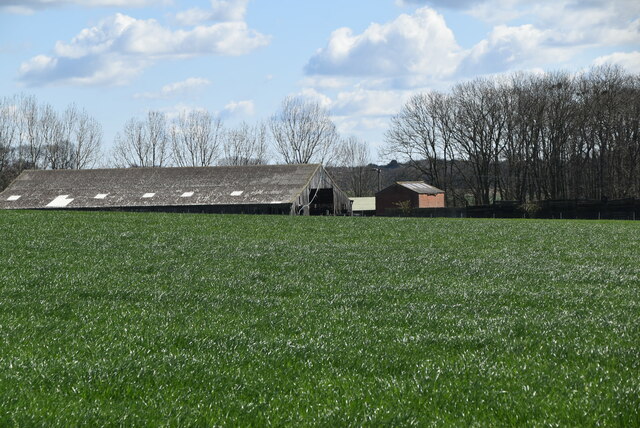
Conyer Wood is a picturesque woodland located in the county of Kent, England. It is situated near the village of Conyer, which lies on the northern bank of the River Swale, approximately 8 miles east of the town of Sittingbourne. Covering an area of around 80 acres, Conyer Wood is a designated Site of Special Scientific Interest (SSSI) due to its rich biodiversity and historical significance.
The woodland is predominantly composed of mixed broadleaf trees, including oak, ash, and beech, creating a diverse and enchanting habitat for various flora and fauna. The forest floor is adorned with a carpet of bluebells in the spring, adding to the wood's natural charm.
Walking trails wind through the woods, offering visitors the opportunity to immerse themselves in nature and explore the tranquil surroundings. The paths are well-maintained, making Conyer Wood accessible to both casual strollers and more experienced hikers.
The woodland also boasts a variety of wildlife, including deer, foxes, and a plethora of bird species. Birdwatchers will be delighted by the presence of woodpeckers, owls, and warblers. The wood's proximity to the river attracts waterfowl such as herons and swans.
Conyer Wood is not only a haven for nature enthusiasts but also holds historical significance. It was once part of an extensive medieval hunting forest, providing a glimpse into the region's past. Today, the wood is managed by a local authority to preserve its unique ecosystem and ensure its enjoyment for generations to come.
In conclusion, Conyer Wood offers a peaceful retreat from the bustling towns and cities, allowing visitors to connect with nature and experience the beauty of Kent's woodlands.
If you have any feedback on the listing, please let us know in the comments section below.
Conyer Wood Images
Images are sourced within 2km of 51.172097/0.80370859 or Grid Reference TQ9645. Thanks to Geograph Open Source API. All images are credited.
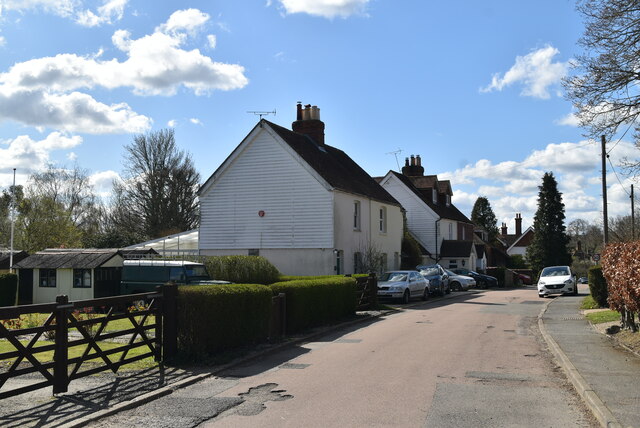
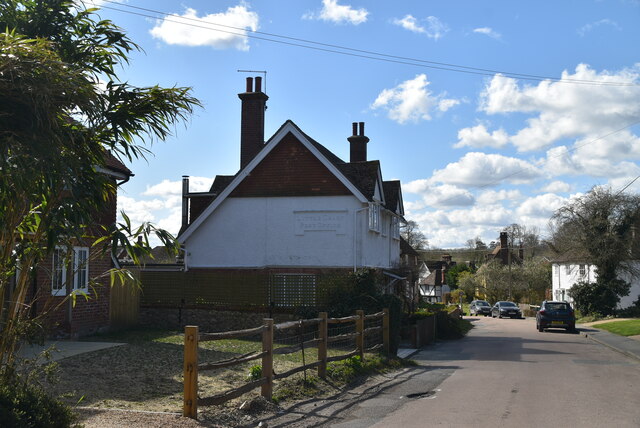
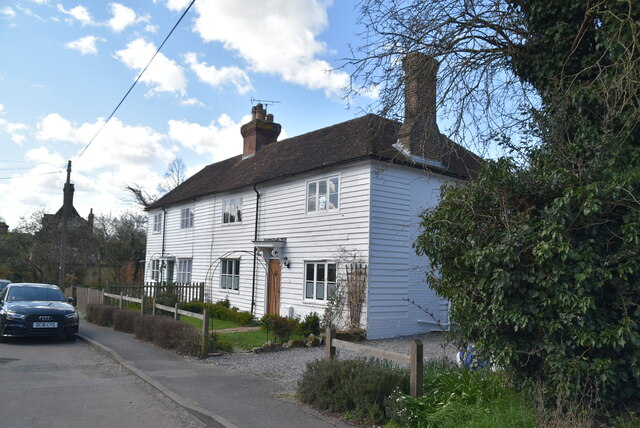
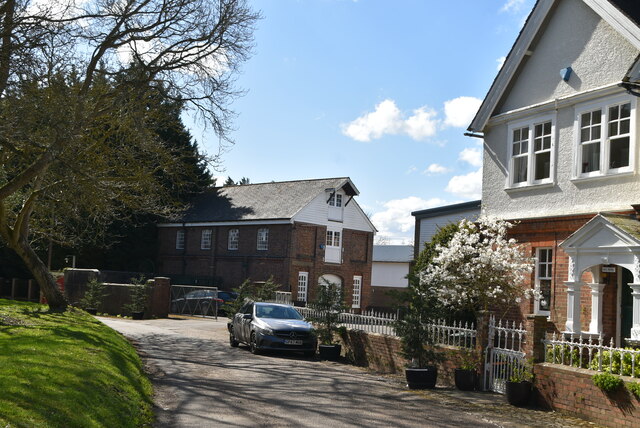
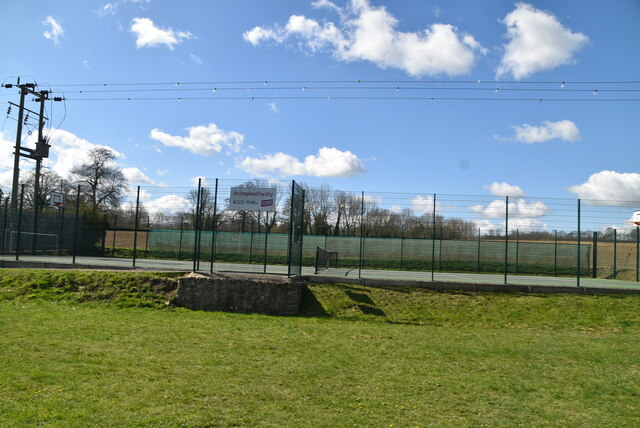
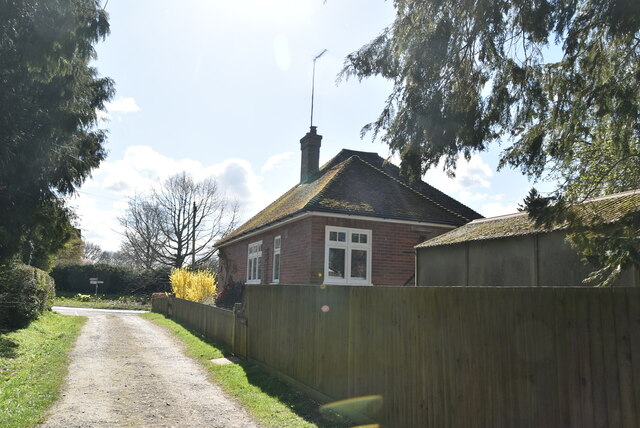
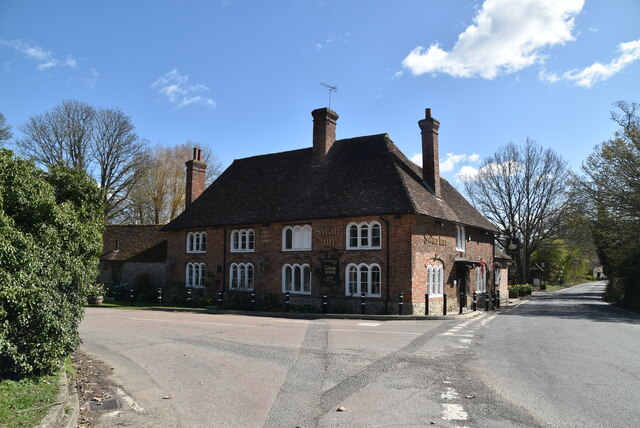
Conyer Wood is located at Grid Ref: TQ9645 (Lat: 51.172097, Lng: 0.80370859)
Administrative County: Kent
District: Ashford
Police Authority: Kent
What 3 Words
///sparkles.suiting.guess. Near Charing, Kent
Nearby Locations
Related Wikis
Hothfield Common
Hothfield Common is a 56.5-hectare (140-acre) biological Site of Special Scientific Interest north-east of Ashford in Kent. It is also a Local Nature...
Hothfield
Hothfield is a village and civil parish in the Ashford Borough of Kent, England and is 3 miles north-west of Ashford on the A20. It is completely split...
Little Chart
Little Chart is a village and civil parish, situated 4 miles (6.4 km) north-west of Ashford in Kent, South East England. The parish lies south of the M20...
Hothfield railway station
Hothfield railway station (later Hothfield Halt) was a railway station on the Maidstone Line at Hothfield, Kent. It was situated between Ashford and Charing...
Westwell Leacon
Westwell Leacon is a hamlet in the civil parish of Charing near Ashford in Kent, England. Its most famous resident is international Cyclocross star Ian...
Godinton House
Godinton House (also known as Godinton House and Gardens or Godinton Park) is a stately home in the parish of Great Chart, owned by a non-profit-making...
Hoad's Wood
Hoad's Wood is an 80.5-hectare (199-acre) biological Site of Special Scientific Interest west of Ashford in Kent.Natural England described the woodland...
Pluckley
Pluckley is a village and civil parish in the Ashford district of Kent, England. The civil parish includes the adjacent hamlet of Pluckley Thorne. �...
Nearby Amenities
Located within 500m of 51.172097,0.80370859Have you been to Conyer Wood?
Leave your review of Conyer Wood below (or comments, questions and feedback).
